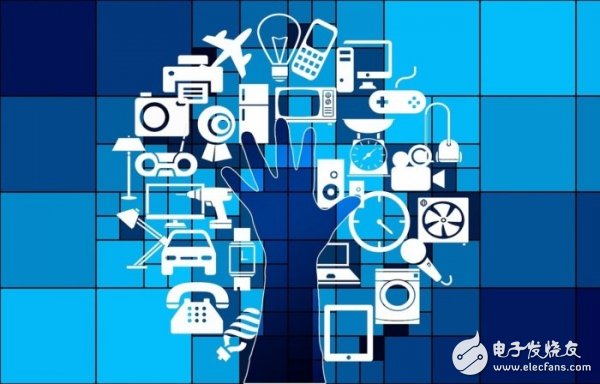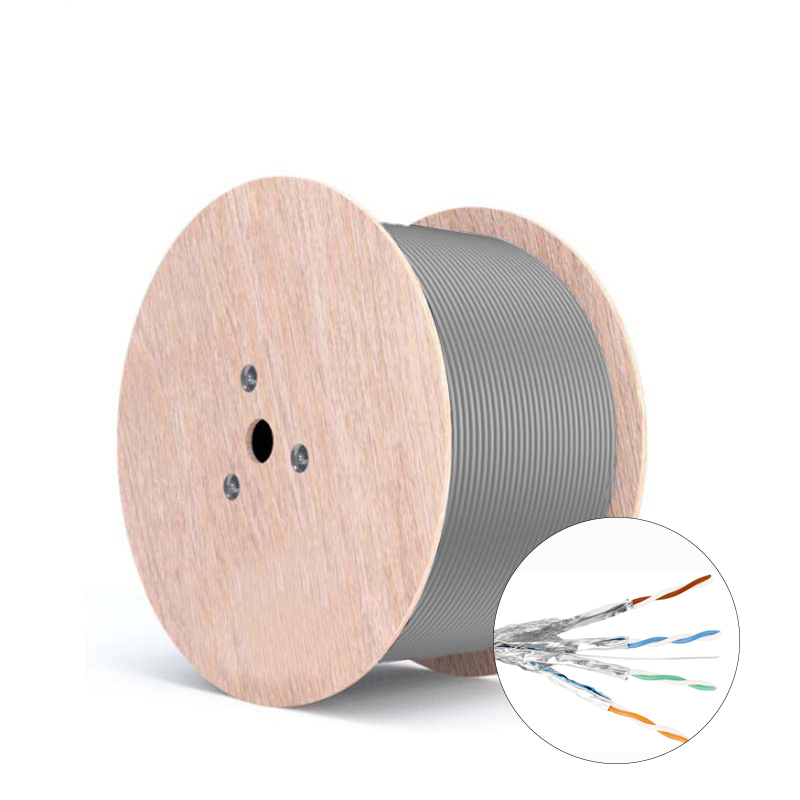When it comes to edge computing, you have to start with the Internet of Things. Today, the development trend of the Internet of Things in the IT field has taken shape, and the prospects are still broad. Some people say that the Internet of Things is another great revolution after humanity following the industrial revolution and the information revolution. Of course, the rise of the great revolution will certainly give birth to dozens of trillions of economic markets, and human society will enter a new era of intelligent wisdom. Let's take a look at the related content with the network communication Xiaobian.
The key challenge facing the development of the Internet of Things today is how to process data from so many devices. According to Cisco's forecast, global cloud data center traffic will reach 19.5 ZB per year by 2021, 3.3 times more than the 6.0 ZB per year in 2016, and the compound annual growth rate (CAGR) from 2016 to 2021 will be as high as 27%. By 2021, global cloud data center traffic will account for 95% of total data center traffic, which is significantly higher than the 88% growth in 2016.
Therefore, strong market demand has further driven the development of the Internet of Things. Of course, the development of the Internet of Things has also seen the emergence of cloud computing. As we all know, in the era of the Internet of Everything, more terminal devices such as wearable devices, drones, and unmanned vehicles are increasingly dependent on cloud computing centers. The Internet of Things mainly deals with valuable data generated on devices. The use of cloud computing comes from centralized computing and storage. Under this trend, a technology is needed between the two to aid in the calculation and processing of data.
At this time, the edge calculation came into being. First of all, let's talk about the concept. Edge computing is to push most of the data processing to the edge of the network. It integrates the open computing platform of network, computing, storage and application core capabilities, and provides edge intelligent services to meet the needs of agile in the digital age. Key requirements for connectivity, real-time business, data optimization, application intelligence, security and privacy protection.

The trend of cloud computing is still in the ascendant. Where does edge computing start?
If the cloud computing center is compared to the brain, then the edge computing is more like the neural antenna output from the brain, connected to each intelligent terminal. The relationship between the two is the segmentation problem between the edge and the centralized system. For example, a gateway in a smart home can be regarded as an edge between an electronic device in a home and a cloud computing center; and a wearable medical device can be regarded as an edge between an individual user and a cloud computing center. It can be seen that the edge calculation does provide more convenience in the present, and because of its advantages, the industry has spread the paradox that "edge computing will replace cloud computing."
In fact, the model of edge computing and the cloud computing model are not one-or-one, but complement each other. The ingenious combination of the two also provides a perfect software and hardware platform support for information processing in the era of Internet of Everything. As mentioned earlier, cloud computing is primarily the centralization of processing and storage, providing a more efficient and scalable platform for computing. Edge computing simply puts a portion of processing and storage close to the device that generates and uses the data, and it will be one of the ways to deploy specific use cases in our cloud deployment, and the Internet of Things is currently the most applicable.
As for the problem of substitution, in the opinion of the author, it should not be technically possible, even if cloud computing will replace all the predictions of internal calculations. Although a large number of local systems can be migrated to the public cloud, a large part of these systems cannot be used because there is no platform analogy on the public cloud, or the migration cost is too high.
Can also be understood as a toe instead of a body. Cloud computing is a broad concept that covers all types of computing methods and techniques, and can be seen as a macro technology model. Edge computing is just a microscopic model.
With the development of the Internet of Things, edge computing has also ushered in a good spring. Industry players will naturally not let go of this cake. It is understood that at the 2017 Huawei Total Connection Conference, the head of Huawei's network R&D department introduced the development test cloud for edge computing in Central Europe, and launched technical layout in key areas such as industrial wireless, data integration, and SDN. Technical research.
Intel has conducted a series of explorations on edge computing in the four major industries of security, vehicle transportation, retail and industry. In addition, recently announced the Intel Xeon D-2100 processor to help those who want to push computing to the edge, we can see that Intel is also trying to adapt to emerging technology trends such as the Internet of Things, edge computing.
In addition, ZTE has a complete edge computing solution and core technologies and patents including virtualization technology, container technology, and shunt technology. The related solutions cover six major scenarios: Internet of Things, Internet of Vehicles, and local cache.
The cat7 Lan Cable are an eight-core Shield wire. Each pair has a Shield layer (commonly called a Foil Shield), and then a Shield layer (commonly called a Braided screen Shield) outside the eight cores, with the same connection as the RJ-45.The highest transmission frequency of the CAT7 Ethernet Cable S/FTP is 600MHz, and the transmission frequency of the CAT7 Network Cable is 1000MHz.
There are a number of significant differences between the six and seven cabling systems, the most obvious of which is bandwidth.The CAT6 cable of channels provide a comprehensive attenuation to crosspoint ratio of at least 200MHZ and an overall bandwidth of 250MHZ. CAT7 of systems can provide at least 500MHZ of comprehensive attenuation to crosspoking ratio and 600MHZ of overall bandwidth.
The proliferation of broadband applications has created a need for more bandwidth.For example, a typical CAT7 channel can provide a bandwidth of 862MHZ for the transmission of video signals, analog audio signals on another pair, and high-speed LAN information on a third or fourth pair.
Another difference between the CAT6 patch cable and cat7 patch cable systems is their structure.The six types of wiring systems can use either UTP or STP.The seven types of systems are based only on shielded cables.In the cat7 network cables, each pair has a shield layer, and four pairs of wires together have a common shield layer.In terms of physical structure, the additional shielding layer makes the CAT7 Ethernet Cable have a larger diameter.
Another important difference is its ability to connect hardware. The parameters of the cat7 patch cable of systems require that all pairs of wires provide at least 60DB of integrated proximal winding at 600MHZ.The cat6 systems only require 43dB at 100MHZ and 46dB at 250MHZ for the cat6 patch cable.

Cat 7 Ethernet Cord,Cat7 Lan Cable,Cat 7 Ethernet Cable,Cat 7 Network Card
Shenzhen Kingwire Electronics Co., Ltd. , https://www.kingwires.com
